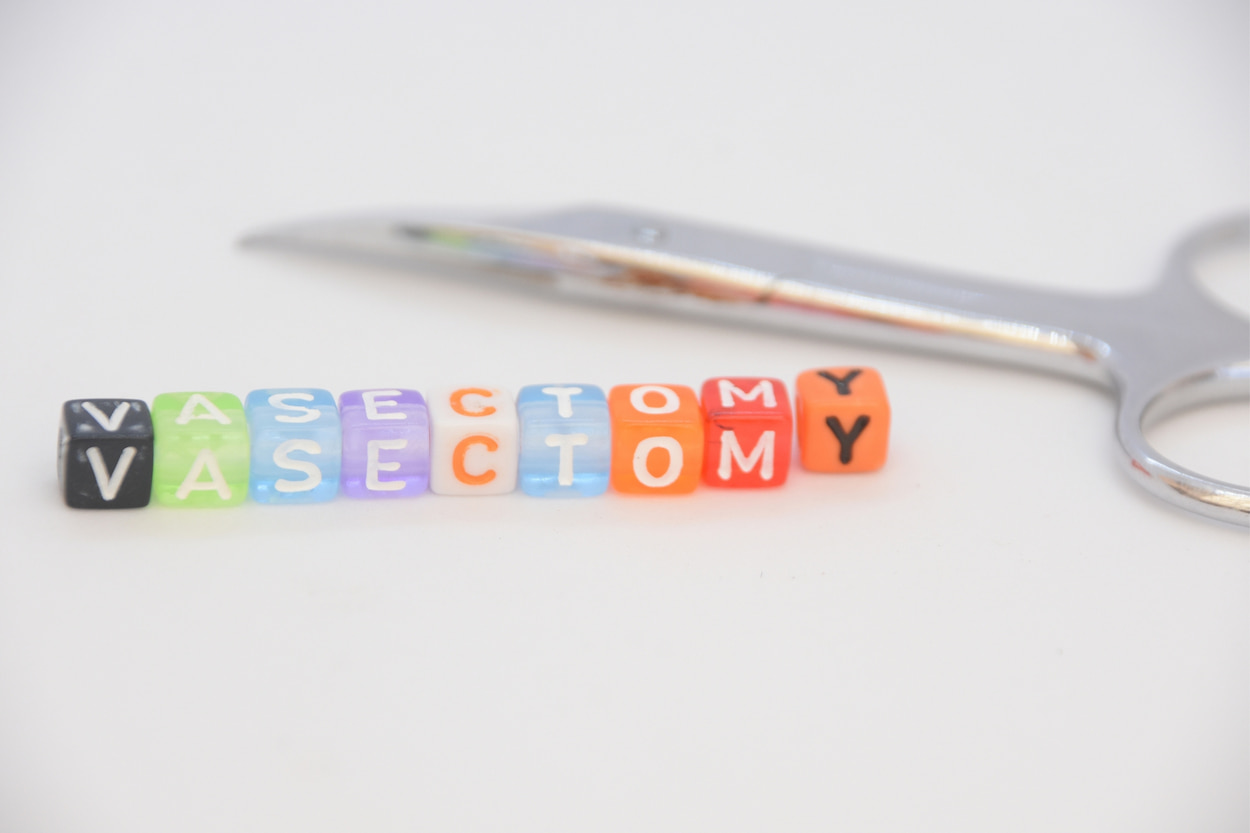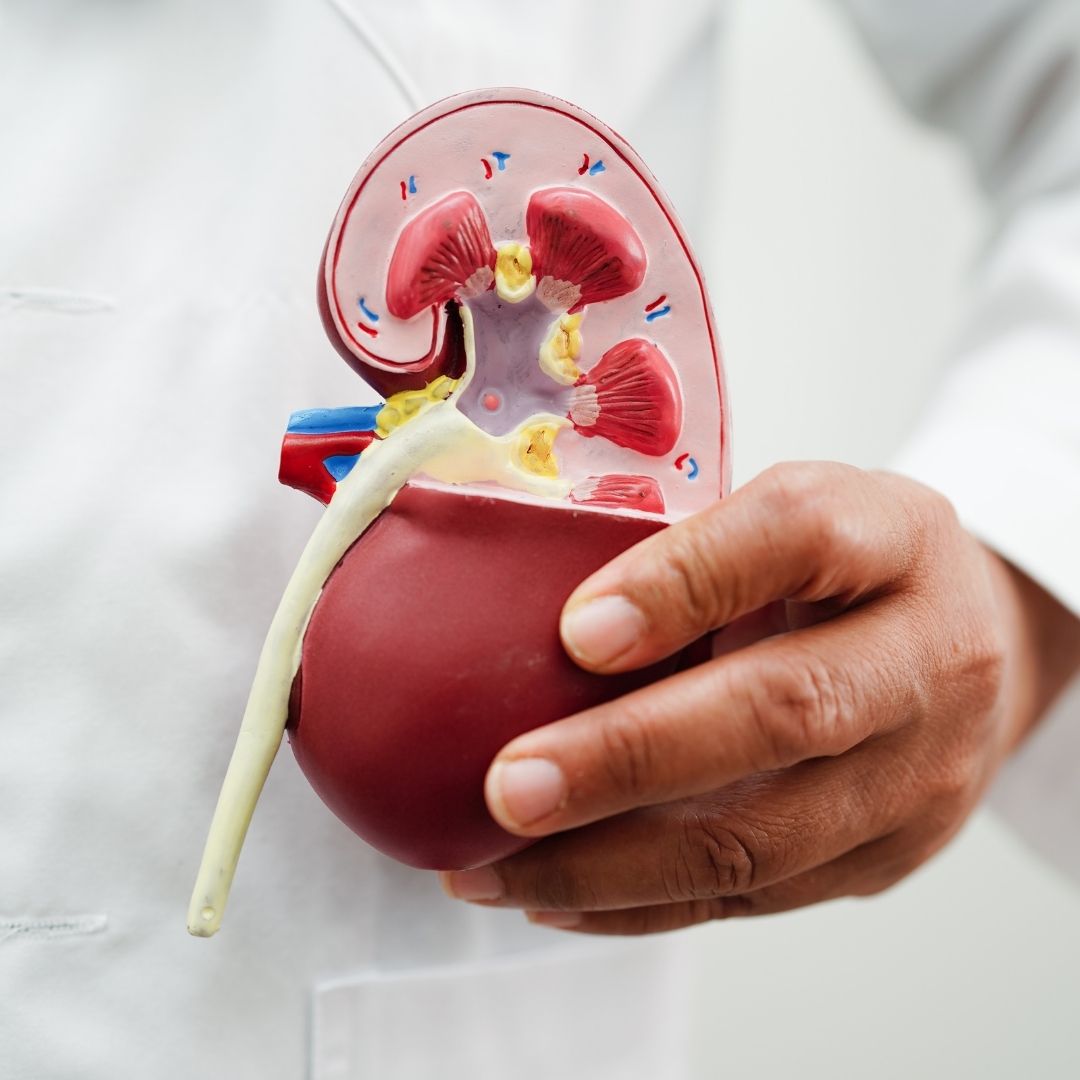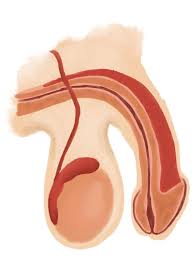
Can A Vasectomy Be Reversed?
A vasectomy is a common surgical procedure that involves cutting, tying, or blocking the tubes that carry sperm from the testicles to the penis. It is a permanent form of birth control for men who no longer wish to father children. However, life circumstances can change, and some men may later regret their decision to have a vasectomy. In such cases, a vasectomy reversal may be an option.
Vasectomy reversal is a surgical procedure that reconnects the severed ends of the vas deferens, allowing sperm to once again be present in the semen and potentially fertilize an egg during intercourse. In this article, we will explore the process of vasectomy reversal, including its success rates, recovery time, and potential risks. We will also address common questions about the procedure, such as whether a vasectomy can be reversed after 15 years and whether it increases the chances of having a child.
What Is a Vasectomy?
A vasectomy is a permanent method of birth control for men. During a vasectomy, the tubes that carry sperm from the testicles to the urethra are cut, tied, or blocked, preventing the sperm from reaching the semen that is ejaculated during intercourse. This procedure is typically done as an outpatient surgery under local anesthesia and takes about 30 minutes to complete.
Vasectomies are considered to be a safe and effective form of birth control with a very low failure rate. After a vasectomy, it is still possible to ejaculate semen during orgasm, but the semen will not contain any sperm. Men who have had a vasectomy can still enjoy sexual activity and maintain normal hormone levels.
Vasectomies are intended to be permanent, but in some cases, a man may later decide that he wants to father a child. In these instances, vasectomy reversal is an option to consider.
What is Vasectomy Reversal?
Vasectomy reversal, or vasovasostomy, is a surgical procedure that reconnects the vas deferens, the tubes that were cut or blocked during the vasectomy. This allows sperm to once again be present in the semen and fertilize an egg during intercourse.
The procedure typically takes between two and four hours to complete and is done under general anesthesia. The surgeon will make a small incision in the scrotum and locate the ends of the vas deferens. The ends are then reconnected using microsurgical techniques that involve the use of a high-powered microscope.

How Successful Are Vasectomy Reversals?
The success rate of vasectomy reversal varies depending on several factors. The length of time since the vasectomy is one of the most important factors affecting the success of the reversal. Success rates are generally higher for men who have had the reversal within the first 10 years after the vasectomy.
The method used for the original vasectomy also affects the success of the reversal. If the vasectomy was performed using the no-scalpel technique, the chances of a successful reversal are generally higher compared to a traditional vasectomy. Additionally, the surgeon's skill and experience with microsurgery can also impact the success of the reversal.
Can A Vasectomy Be Reversed After 15 Years?
While it is possible to reverse a vasectomy after 15 years, the success rate of the reversal decreases as time goes on. After 15 years, the success rate can be as low as 30%. The reason for the lower success rate is that the longer the time since the vasectomy, the more likely it is that the tubes have become blocked by scar tissue. Additionally, the presence of anti-sperm antibodies can make it more difficult for the sperm to fertilize an egg.
Despite the lower success rate after 15 years, it is still possible to have a successful reversal. It is important to discuss the risks and benefits of the procedure with your doctor to determine if vasectomy reversal is the right option for you.
Is It Painful To Have A Vasectomy Reversed?
One of the most common questions men have about vasectomy reversal is whether the procedure is painful. Like any surgical procedure, there is some discomfort associated with vasectomy reversal, but advances in surgical techniques and pain management have made the process less painful than it once was.
During the procedure, the surgeon will make a small incision in the scrotum and locate the severed ends of the vas deferens. The ends will then be reconnected using sutures or tiny surgical clips. The surgery is typically performed under general anesthesia or local anesthesia with sedation, which helps to minimize discomfort during the procedure.
After the surgery, it is common to experience some discomfort, swelling, and bruising in the scrotum area. Pain medication can be prescribed to manage any discomfort during the recovery period. Patients are usually advised to avoid sexual activity and strenuous exercise for several weeks after the procedure to allow for proper healing.
While some pain and discomfort can be expected, it is important to note that complications are rare. Infection, bleeding, and damage to surrounding tissue are all possible risks of the surgery, but they are relatively uncommon. In general, most men find that any discomfort or pain associated with the procedure is manageable and well worth it for the potential to restore fertility.
Does Vasectomy Reversal Increase My Chances Of Having A Child?
Yes, vasectomy reversal can increase your chances of having a child. After a successful reversal, sperm will once again be present in the semen and can fertilize an egg during intercourse. However, it is important to note that a successful reversal does not guarantee pregnancy. Other factors, such as the age and fertility of your partner, can also impact the chances of conceiving.
In addition to vasectomy reversal, there are other options for men who want to father children after a vasectomy. Sperm retrieval and in vitro fertilization (IVF) can be used to achieve pregnancy in cases where vasectomy reversal is not successful or not an option. These procedures involve retrieving sperm directly from the testicles and fertilizing an egg outside of the body, then implanting the embryo into the uterus.
Can Your Body Naturally Reverse a Vasectomy?
No, your body cannot naturally reverse a vasectomy. Once the tubes have been cut, tied, or blocked during a vasectomy, the only way to restore fertility is through a surgical procedure such as vasectomy reversal. It is important to consider a vasectomy as a permanent method of birth control and to only undergo the procedure if you are certain that you do not want to father any more children.
Vasectomy Reversal with Healthy Türkiye
Vasectomy reversal is a surgical procedure that can restore fertility in men who have had a vasectomy. The success of the reversal depends on several factors, including the length of time since the vasectomy and the method used for the original procedure. While the success rate of the reversal decreases over time, it is still possible to have a successful reversal after 15 years.
Recovery from the surgery can involve discomfort and pain, but medication and following post-operative instructions can help manage these symptoms. While vasectomy reversal can increase the chances of having a child, it is important to consider other options such as sperm retrieval and IVF in cases where the reversal is not successful or not an option. You can contact Healthy Türkiye and discuss all options with our doctor to determine the best course of action for you.



